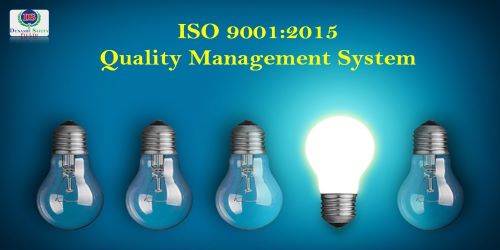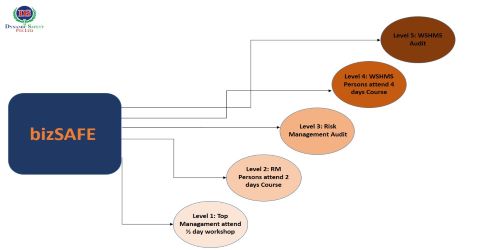



Blog

Why Food Safety Management System is important?
13-Oct-2021 20:32 PMWhy Food Safety Management System is important? ISO 22000:2018 is a Food Safety Management System that can be applied to any organization. A food safety management system is used to actively control risks and hazards throughout the food process and ensure regulatory compliance. An effective Hazard Analysis Critical Control Point (HACCP) is written specifically to each operation for ISO stan
Read More
Difference between OHSAS 18001 and ISO 45001:2018
13-Oct-2021 20:00 PMIf your company has accredited to OHSAS 18001, It will be replaced to ISO 45001:2018 after March 21, 2021 Key differences between OHSAS 18001 and ISO 45001:2018: • The role of the management representative • The enhanced role of top management • Health and safety culture • Risks, hazards, and opportun
Read More
ISO 14001 Environmental Management System
13-Oct-2021 19:59 PMISO 14001 was developed to provide a management system to help organizations reduce their environmental impact. The current version of ISO 14001 is ISO 14001:2015. It is used to, Reduce harmful effects on the environment Provide the continual improvement of Environmental Management Meeting environmental legal requirements The standard is generic and does not apply to any particular ind
Read More
What is ISO 9001?
13-Oct-2021 19:58 PMWhat is ISO 9001? ISO 9001 is the international standard for a quality management system (QMS). In order to be certified to the ISO 9001 standard, a company must follow the requirements set forth below ISO 9001 Standard. The standard is used to consistently provide products and services that meet customer and regulatory requirements and to demonstrate continuous improvement. The current ve
Read More
Is it mandatory for company to have bizSAFE?
13-Oct-2021 19:57 PMbizSAFE certification is not a mandatory or legal requirement. but companies are strongly encouraged to participate in bizSAFE. In the process of attaining bizSAFE certification, companies will also benefit by acquiring WSH capabilities and be able to implement a Risk Management System or WSH Management System. Companies can then choose to appoint Risk Management (RM) Leaders to atte
Read More
Who is the Facility Supervisor?
13-Oct-2021 19:57 PMWho is the Facility Supervisor? Facility maintenance supervisors are responsible for inspecting buildings to identify maintenance issues, such as clogged drains, leaky ceilings, and faulty electrical switches. They report them and create work assignments for the staff. Supervisors perform human resource duties such as hiring, training, promoting and dismissing staff. They also motivate employees
Read More
